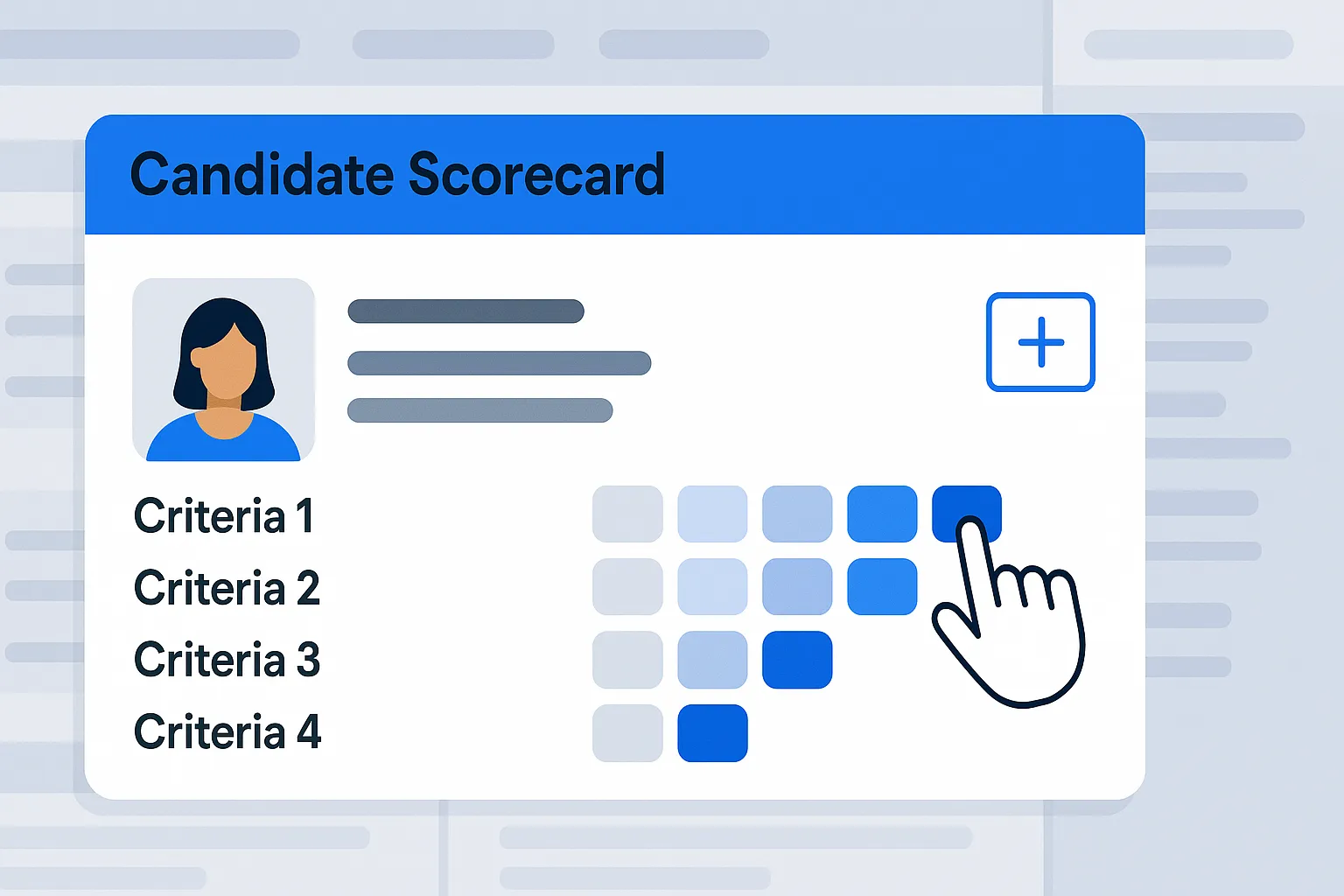Managing investments effectively requires a good understanding of various processes involved in the financial market. One such process is the transfer of shares, which can be necessary for various reasons, such as portfolio consolidation, gifting securities, or changing service providers. Knowing how to execute this process smoothly is crucial for maintaining control over one’s investments.
Transferring shares between a Demat account and another ensures that investors can manage their portfolios efficiently and avoid potential complications. By following a systematic approach, investors can ensure that their shares are transferred accurately and without delays. Here are the essential steps and considerations for transferring shares between the accounts.
Choosing the Right Transfer Method
There are primarily two methods for transferring shares: off-market transfers and online transfers through depository participants (DPs). Off-market transfers involve a physical form, while online transactions are conducted through the depository’s electronic system. Both methods have their own set of procedures and requirements.
Off-market transfers are typically used for gifting securities or transferring to a family member’s account. This method requires filling out a Delivery Instruction Slip (DIS) and offering it to the DP. On the other hand, online transactions are more convenient for moving shares between personal accounts and usually involve fewer steps.
Initiating an Off-Market Transfer
For an off-market transaction, investors need to fill out a DIS, which includes details such as the transferor’s and transferee’s account numbers, the ISIN (International Securities Identification Number) of the securities, and the quantity to be transferred. It’s necessary to ensure that all details are accurate to avoid discrepancies.
After completing the DIS, it should be submitted to the transferor’s account’s DP. The DP will verify the facts and process the transfer. It’s advisable to keep a copy of the DIS and any acknowledgement receipt for future reference.
Executing Online Transactions
Online transactions are facilitated through the depository’s electronic system, making the process quicker and more efficient. To initiate an online transaction, investors must log in to their Demat account and select the ‘transfer’ option. The system will prompt for details such as the recipient’s account number, ISIN, and quantity of securities.
Once the details are entered, the transferor must show the transaction using a one-time password (OTP) or other security measures. After verification, the transfer is processed, and the shares are moved to the recipient’s account. Online transactions are generally completed within a day, providing a hassle-free experience.
Ensuring Compliance and Documentation
Compliance with regulatory requirements is crucial when transferring shares. Investors should ensure that all necessary documentation is completed accurately and submitted on time. This includes the DIS for off-market transfers and any electronic confirmations for online transactions.
It’s also important to check with the respective DPs for any specific requirements or charges associated with the transfer. Keeping all records and acknowledgments helps resolve any issues that may arise post-transfer.
Also Read: RAG for HR and Recruitment: Automating Talent Acquisition for Better Business Outcomes
Verifying the Transfer
After initiating the transfer, verifying that the shares have been credited to the recipient’s account is essential. This can be done by checking the account statement or confirming with the DP. Ensuring that the transactions are completed correctly helps maintain an accurate record of investments.
Investors should promptly contact their DP to resolve any discrepancies or delays. Keeping track of the transfer status and following up as necessary ensures a smooth and efficient transfer process.
Transferring shares between a Demat account and another involves careful attention to detail and compliance with regulatory requirements. Whether opting for an off-market or online transaction, following these strategies ensures a seamless transition of shares. Managing these accounts and share transfers enhances overall investment efficiency and control.




